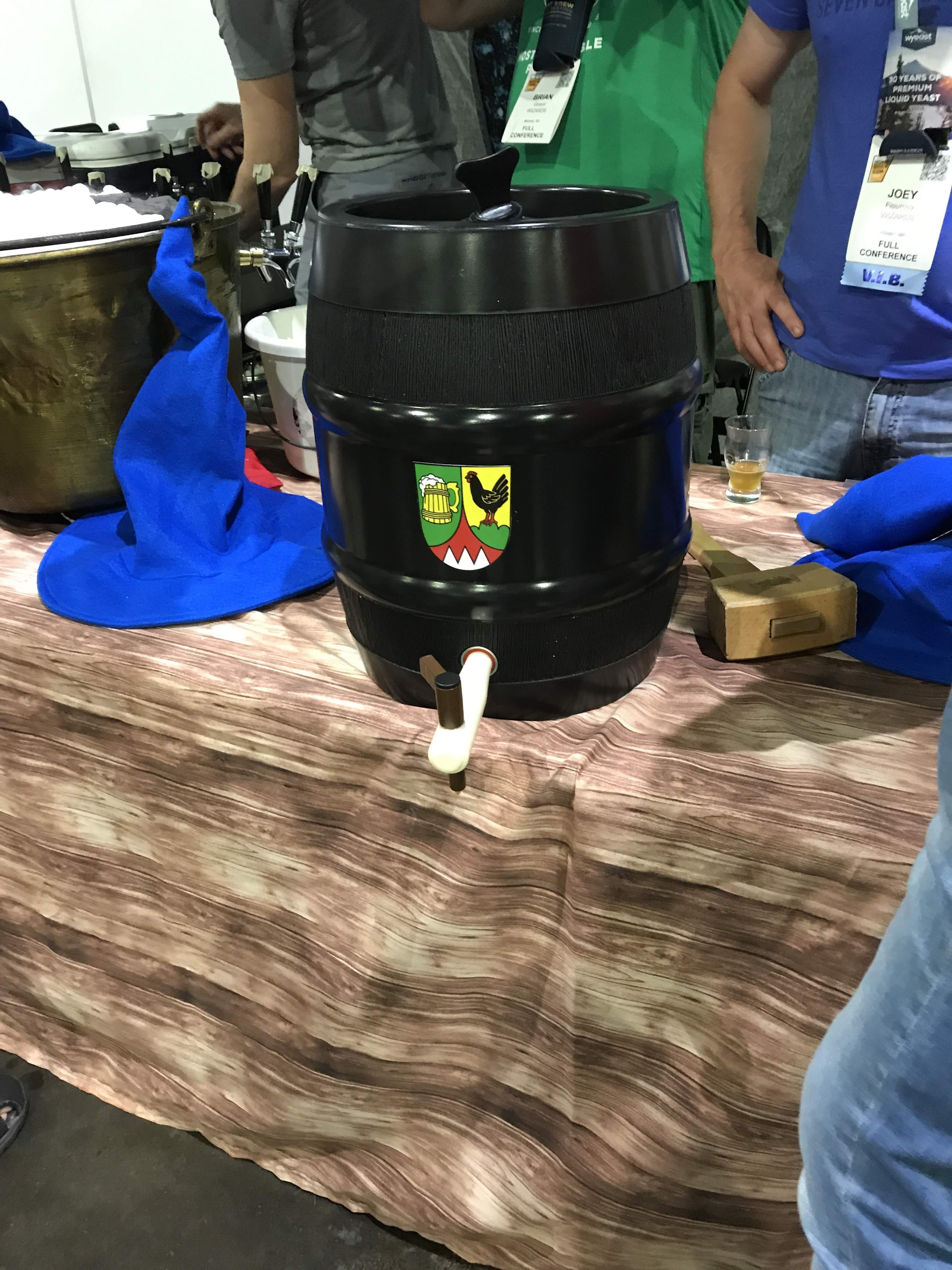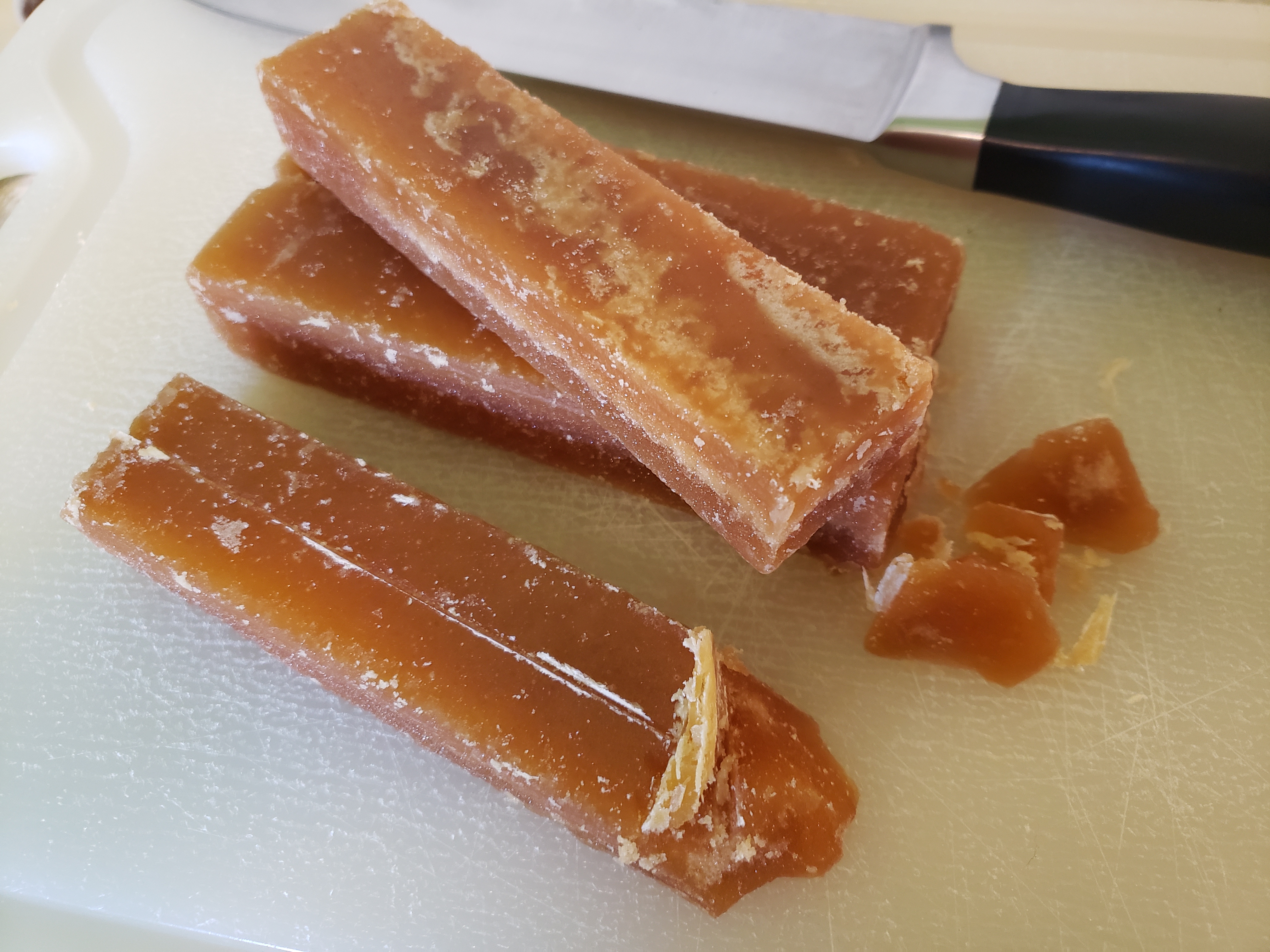I too was worried about the #3 invert I made a month ago turning into a block of sugar. I made 4 pounds and put it into mason jars and put them in the fridge. Today for the mild I am brewing I pulled out a one pound jar and set in in a pot of very hot water and it has turned back into a syrup. It has been a crappy brew day so far but that seems to be the one thing that hasn't gone wrong (knock on wood).
Mine looked like it was going to be really thick, so I boiled a half cup of water in the pot I made it in (to clean it out), then used it to thin the syrup. It seems to have done the trick.
I'm experimenting again today with some turbinado sugar and baking soda, and if I have time maybe another batch using a block of weird Chinese sugar that I found for cheap.
Hopefully your brew day improves. Shows us your beer when it's done!






















![Craft A Brew - Safale BE-256 Yeast - Fermentis - Belgian Ale Dry Yeast - For Belgian & Strong Ales - Ingredients for Home Brewing - Beer Making Supplies - [3 Pack]](https://m.media-amazon.com/images/I/51bcKEwQmWL._SL500_.jpg)









































